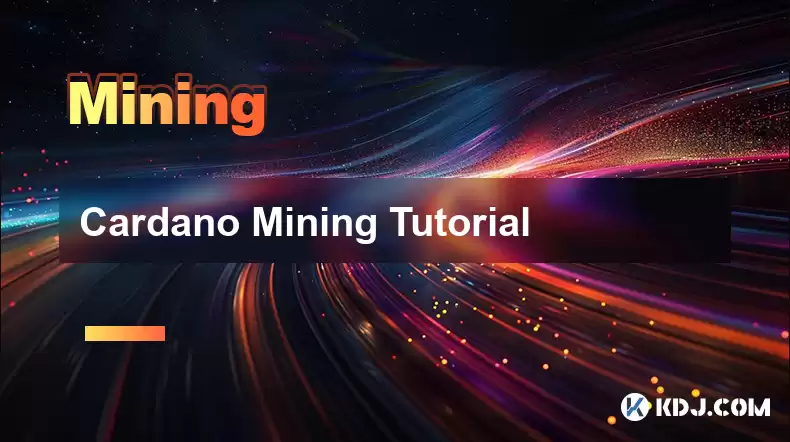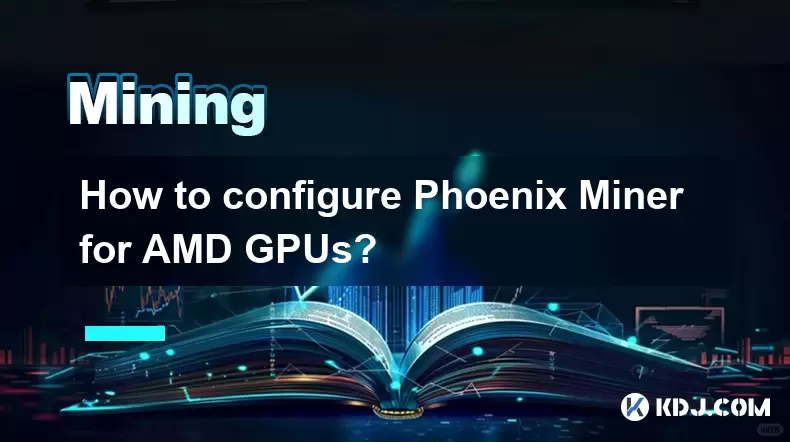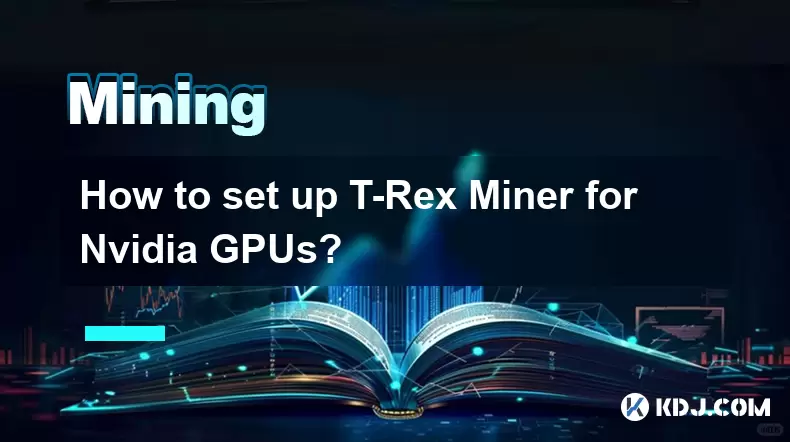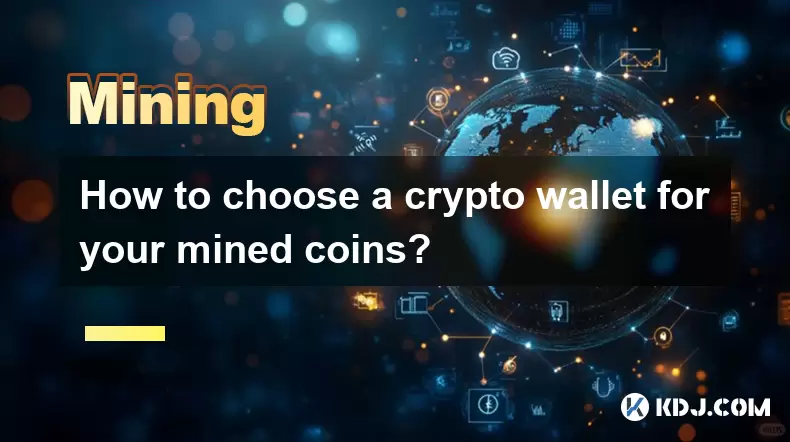-
 Bitcoin
Bitcoin $117800
0.49% -
 Ethereum
Ethereum $4432
0.55% -
 XRP
XRP $3.106
1.07% -
 Tether USDt
Tether USDt $1.001
0.01% -
 BNB
BNB $835.8
1.74% -
 Solana
Solana $189.1
2.72% -
 USDC
USDC $0.9999
-0.01% -
 Dogecoin
Dogecoin $0.2302
3.65% -
 TRON
TRON $0.3485
-0.69% -
 Cardano
Cardano $0.9212
-0.91% -
 Hyperliquid
Hyperliquid $46.97
1.45% -
 Chainlink
Chainlink $22.77
5.61% -
 Stellar
Stellar $0.4284
0.82% -
 Sui
Sui $3.766
2.82% -
 Bitcoin Cash
Bitcoin Cash $583.5
-0.82% -
 Ethena USDe
Ethena USDe $1.001
0.03% -
 Hedera
Hedera $0.2512
2.78% -
 Avalanche
Avalanche $24.18
2.27% -
 Litecoin
Litecoin $120.2
2.10% -
 Toncoin
Toncoin $3.450
1.96% -
 UNUS SED LEO
UNUS SED LEO $9.412
-0.92% -
 Shiba Inu
Shiba Inu $0.00001298
2.35% -
 Uniswap
Uniswap $10.99
3.75% -
 Polkadot
Polkadot $3.962
3.09% -
 Dai
Dai $1.000
0.00% -
 Bitget Token
Bitget Token $4.643
1.38% -
 Cronos
Cronos $0.1511
-0.08% -
 Ethena
Ethena $0.7246
3.18% -
 Monero
Monero $254.9
7.90% -
 Pepe
Pepe $0.00001100
3.32%
Cardano Mining Tutorial
Cardano's Proof-of-Stake mechanism allows stakeholders to participate in validation either by running a full node and staking independently or by delegating their stake to a pool.
Jan 13, 2025 at 06:41 am

Key Points
- Understanding Proof-of-Stake and Cardano's Consensus Mechanism
- Setting Up a Cardano Node for Staking
- Delegating Stake to a Pool
- Monitoring Staking Rewards and Transactions
- Troubleshooting Common Staking Issues
Step-by-Step Cardano Mining Tutorial
1. Understanding Proof-of-Stake and Cardano's Consensus Mechanism
Cardano utilizes a Proof-of-Stake (PoS) consensus mechanism, unlike Proof-of-Work (PoW) mining used in Bitcoin and Ethereum. In PoS, validators are chosen based on the amount of cryptocurrency they hold, known as their stake.
Stakeholders have two options: running a full node and staking themselves or delegating their stake to a pool. Delegating to a pool allows smaller stakeholders to participate in the validation process without the technical expertise and infrastructure required for node operation.
2. Setting Up a Cardano Node for Staking
To stake Cardano yourself, you need to set up a full node, which involves downloading the Cardano blockchain and running the node software. This requires a computer with sufficient storage and processing power.
- Download the Cardano-Node software from the official website.
- Install and configure the software on your computer.
- Initialize the node with the blockchain data.
- Create a staking wallet and transfer your ADA to it.
3. Delegating Stake to a Pool
Delegating stake to a pool is recommended for most users. To do this:
- Research and select a reputable stake pool based on factors such as fees, performance, and community involvement.
- Create a Shelley wallet and transfer your ADA to it.
- Use the wallet to delegate your stake to the chosen pool.
4. Monitoring Staking Rewards and Transactions
Once you have delegated your stake or set up a node, you can monitor your rewards and transactions using various tools:
- Block explorers like PoolTool provide real-time information on pool performance, blocks minted, and your rewards.
- Cardano wallet dashboards display your staked balance, delegated pool, and rewards earned.
5. Troubleshooting Common Staking Issues
- Missed Blocks: Ensure your node is up to date and has a stable internet connection.
- Low Rewards: Consider increasing your stake or delegating to a more active pool.
- Withdrawal Issues: Confirm that the time-lock period for withdrawals has ended.
- Pool Saturation: If a pool becomes oversubscribed, rewards may be diluted. Consider delegating to a smaller pool.
FAQs
- What is the minimum stake required for Cardano mining?
There is no minimum stake requirement for delegating to a pool. However, running a node requires a stake of at least 2 ADA.
- Is Cardano mining profitable?
Profitability depends on factors such as the size of your stake, the pool fees, and the market price of ADA.
- How often are staking rewards paid out?
Rewards are typically paid out every five days in proportion to the amount of stake held.
- Can I mine Cardano on a phone or tablet?
Mobile mining is not supported for Cardano. Node operation and staking require a computer or server.
- Is Cardano mining safe?
Cardano's PoS mechanism is generally considered safe. However, delegators should exercise due diligence in selecting a reputable pool and securing their wallets.
Disclaimer:info@kdj.com
The information provided is not trading advice. kdj.com does not assume any responsibility for any investments made based on the information provided in this article. Cryptocurrencies are highly volatile and it is highly recommended that you invest with caution after thorough research!
If you believe that the content used on this website infringes your copyright, please contact us immediately (info@kdj.com) and we will delete it promptly.
- Kazakhstan's Crypto Leap: Bitcoin ETF and Central Asia's Digital Finance Future
- 2025-08-13 12:45:19
- BlockDAG Presale Blazes Past $371M: Fundraising Frenzy Fuels Crypto Sensation
- 2025-08-13 13:05:21
- Meme Coins: Chasing the 2025 Surge – Which Will Moonshot?
- 2025-08-13 10:25:23
- Bitcoin's Wild Ride: Rally, Pullback, and What's Next
- 2025-08-13 10:25:23
- Bitcoin, Bitmax, and Institutional Demand: A New Era of Crypto Investment
- 2025-08-13 10:45:12
- Solana, ROAM, and Airdrops: What's the Buzz in 2025?
- 2025-08-13 11:35:13
Related knowledge

How to configure Phoenix Miner for AMD GPUs?
Aug 11,2025 at 03:21am
Understanding Phoenix Miner and Its Compatibility with AMD GPUsPhoenix Miner is a lightweight, high-performance Ethereum mining software designed for ...

How to set up T-Rex Miner for Nvidia GPUs?
Aug 10,2025 at 12:07am
Understanding T-Rex Miner and Its Compatibility with Nvidia GPUsT-Rex Miner is a high-performance mining software designed specifically for Nvidia GPU...

What is "proof-of-work" and how does it relate to mining?
Aug 07,2025 at 02:03pm
Understanding the Concept of Proof-of-WorkProof-of-work (PoW) is a consensus mechanism used in blockchain networks to validate transactions and secure...

How to choose a crypto wallet for your mined coins?
Aug 13,2025 at 11:36am
Understanding the Types of Crypto Wallets for Mined CoinsWhen selecting a crypto wallet for your mined coins, the first step is to understand the diff...

What are the differences between mining on Windows vs. Linux?
Aug 06,2025 at 11:29pm
Overview of Cryptocurrency Mining PlatformsCryptocurrency mining involves using computational power to solve complex cryptographic puzzles and validat...

How to use an old computer for cryptocurrency mining?
Aug 07,2025 at 12:42pm
Understanding the Feasibility of Using an Old Computer for MiningUsing an old computer for cryptocurrency mining may seem outdated, but it is still te...

How to configure Phoenix Miner for AMD GPUs?
Aug 11,2025 at 03:21am
Understanding Phoenix Miner and Its Compatibility with AMD GPUsPhoenix Miner is a lightweight, high-performance Ethereum mining software designed for ...

How to set up T-Rex Miner for Nvidia GPUs?
Aug 10,2025 at 12:07am
Understanding T-Rex Miner and Its Compatibility with Nvidia GPUsT-Rex Miner is a high-performance mining software designed specifically for Nvidia GPU...

What is "proof-of-work" and how does it relate to mining?
Aug 07,2025 at 02:03pm
Understanding the Concept of Proof-of-WorkProof-of-work (PoW) is a consensus mechanism used in blockchain networks to validate transactions and secure...

How to choose a crypto wallet for your mined coins?
Aug 13,2025 at 11:36am
Understanding the Types of Crypto Wallets for Mined CoinsWhen selecting a crypto wallet for your mined coins, the first step is to understand the diff...

What are the differences between mining on Windows vs. Linux?
Aug 06,2025 at 11:29pm
Overview of Cryptocurrency Mining PlatformsCryptocurrency mining involves using computational power to solve complex cryptographic puzzles and validat...

How to use an old computer for cryptocurrency mining?
Aug 07,2025 at 12:42pm
Understanding the Feasibility of Using an Old Computer for MiningUsing an old computer for cryptocurrency mining may seem outdated, but it is still te...
See all articles

























































































